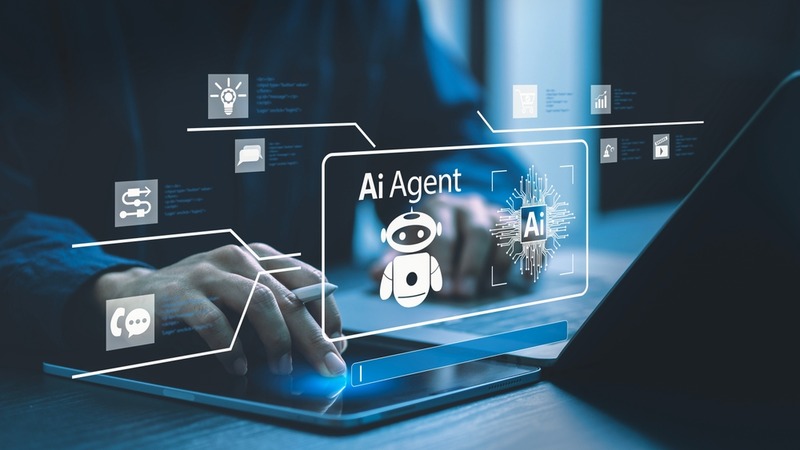
The State Department and the Department of Homeland Security’s U.S. Customs & Border Protection component are two of the latest Federal agencies to deploy artificial intelligence-driven chat bots and virtual reality systems to guide their hiring processes and support workforce training – with more use cases on the horizon – agency officials said on July 29.
For CBP – which recently received the funding from Congress for an additional 3,000 Border Patrol agents and 5,000 customs officers – AI has begun to play a key role in streamlining the hiring process and shortening timeframes to get new employees on board.
“In HR [human resources] at CBP, we’re taking baby steps with AI,” said Andrea Bright, assistant commissioner at the Office of Human Resources Management at CBP, while speaking at the Government Executive and Nextgov/FCW Workforce Technology Workshop in Washington on Tuesday.
Some of those steps include employing a generative AI chat bot for tier-one applicant questions, said Bright, who explained that the agency is looking at other tools that can be used to review and summarize applicant documents.
“We aren’t at the point of having decisions made about people’s applications by automation or by AI, but we are at the point where we’re starting to look at – could AI review resumes and identify key points and flag them for the HR specialists to save a little time,” said Bright.
Using data analytics to uncover patterns and trends to improve hiring processes is also helpful to “shave off a few days,” Bright added, saying that “everything is about time to hire” and “getting people in as quickly as we can.”
Outside of improving hiring processes, Bright said that AI has been used to automate administrative procedures.
“We have automated a lot of routine tasks which help reduce manual effort, minimize errors, provide data-driven insights and allow staff to focus on higher value work,” Bright said of AI use cases within the agency. “We also have identified opportunities – and this may be a little surprising – where we are using some of these to provide a more personal touch to our workforce.”
Bright explained that CBP employees receive an AI-powered email on their service anniversaries that includes a more personalized message which has resulted in positive feedback.
At the State Department, VR systems are used to help train the workforce, with Cassandra Lewis, provost at the National Foreign Affairs Training Center (NFATC), explaining that the use of VR technology must be intentional and fit within an agency’s broader mission.
“We actually have a really fantastic VR lab,” said Lewis who explained that NFATC’s VR lab helps staff learn languages – of which the State Department teaches more than 63 – through immersion. “One the tools we use is this lab [is] so that our students can have an immersive experience doing something really simple, [like] shopping in the grocery store.”
“You may be thinking that the true challenge might be some kind of intense negotiation, but how are you going to live day to day in this new environment that you’re in?” continued Lewis. “We can use it in 63 different languages in a manner that is replicable, as well as can stay evergreen and fresh.”
Other ways the State Department is using advanced technology is by employing an internal chat bot modeled after ChatGPT as an “ambassador bot.”
“Ambassador bot can take on the persona of a senior ambassador,” explained Lewis. “And as our students are trained in writing cables or writing reports, they can interact with ambassador bot to get feedback from ambassador bot about the extent to which the whatever they’ve written actually meets the needs of the of the ambassador.”
Other uses of the technology include data analysis, language translation, and document authentication, Lewis added.
